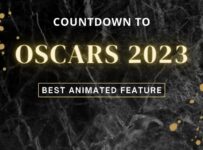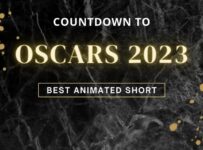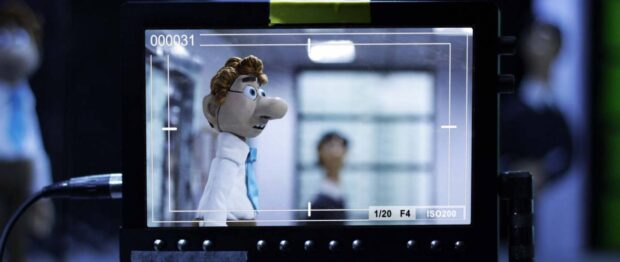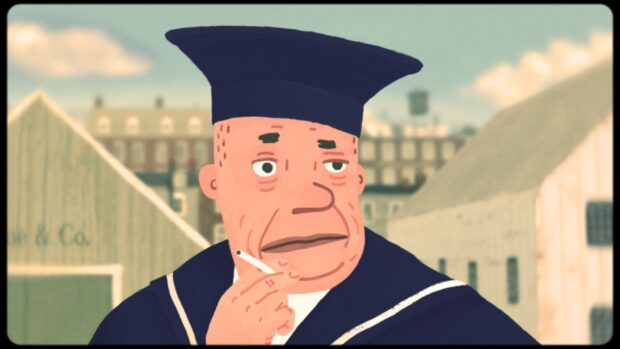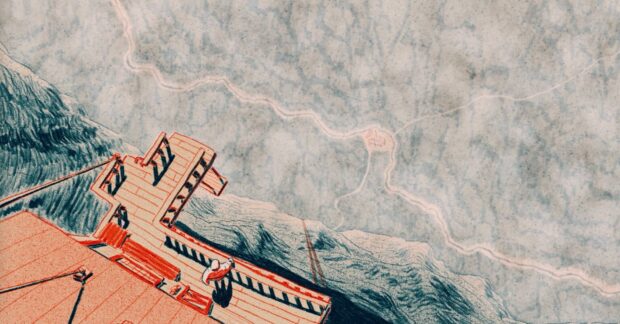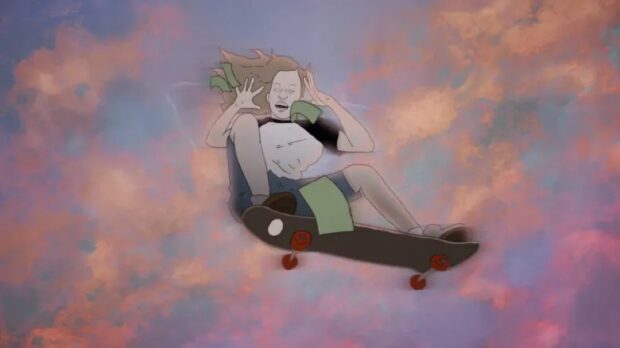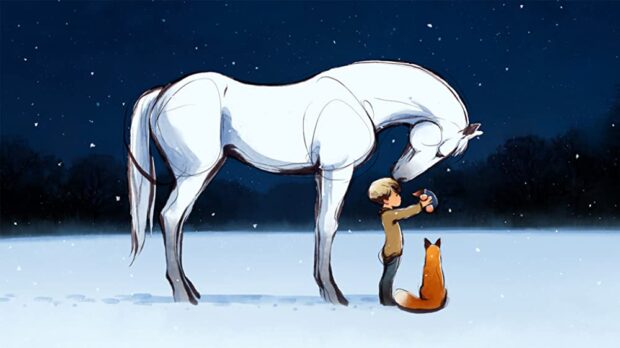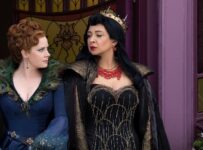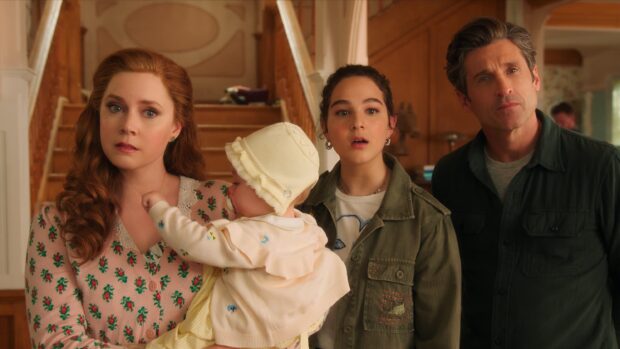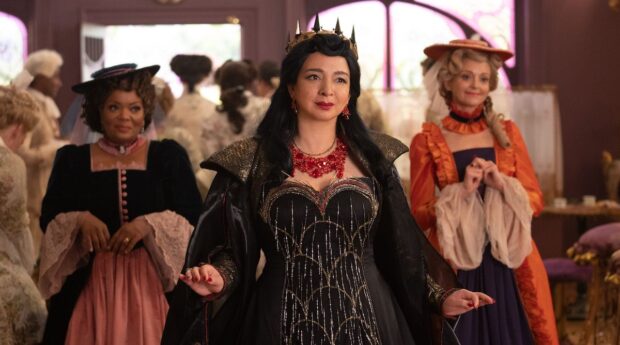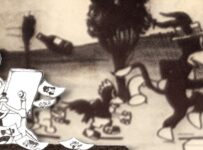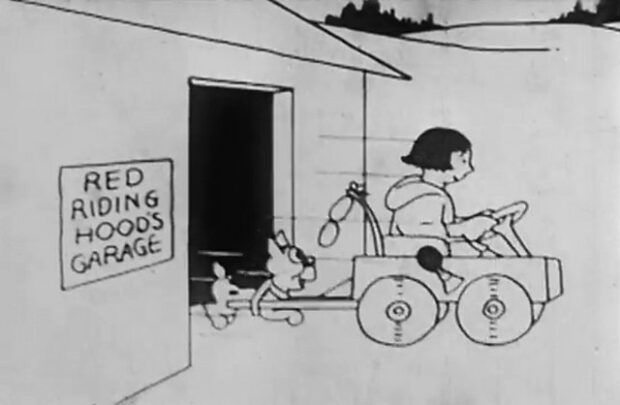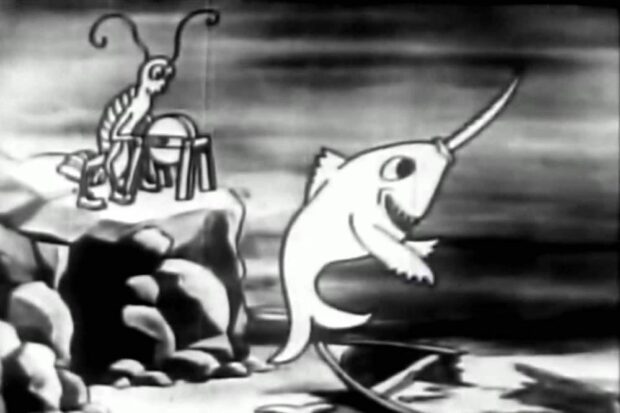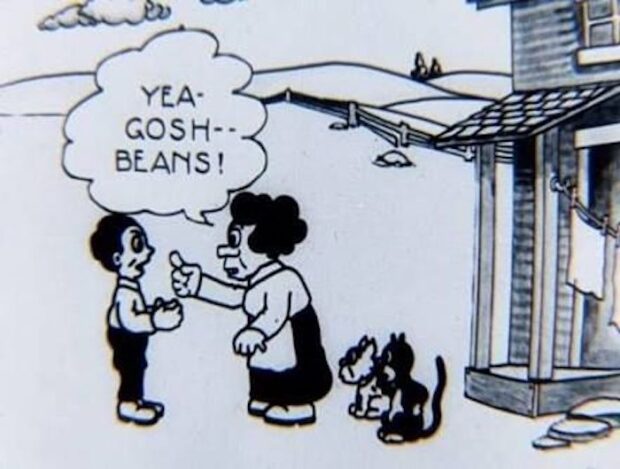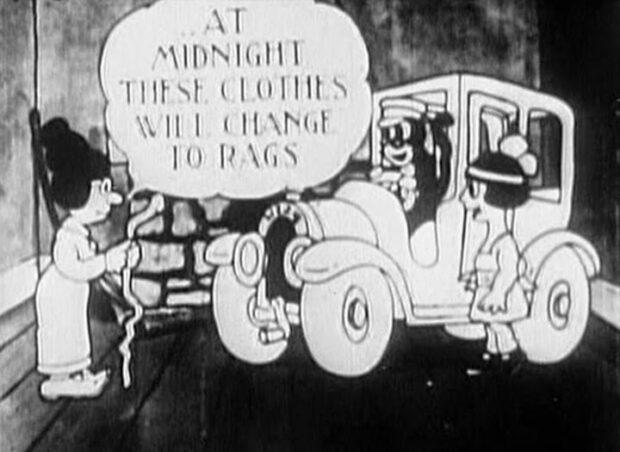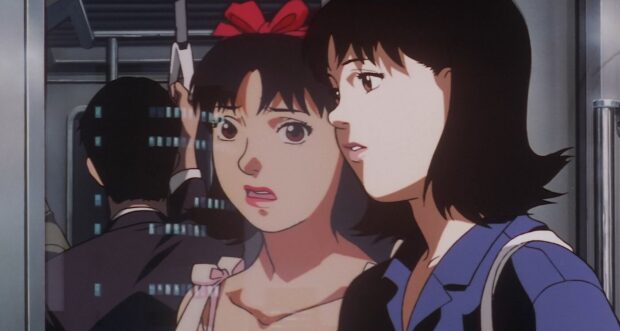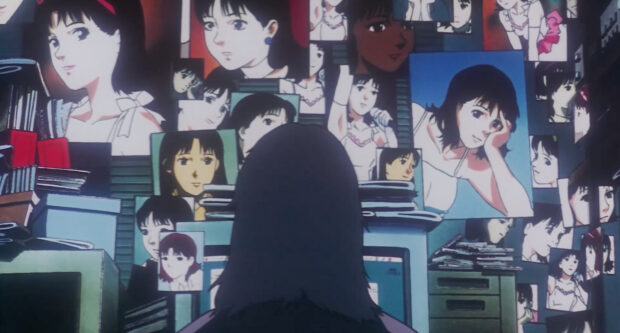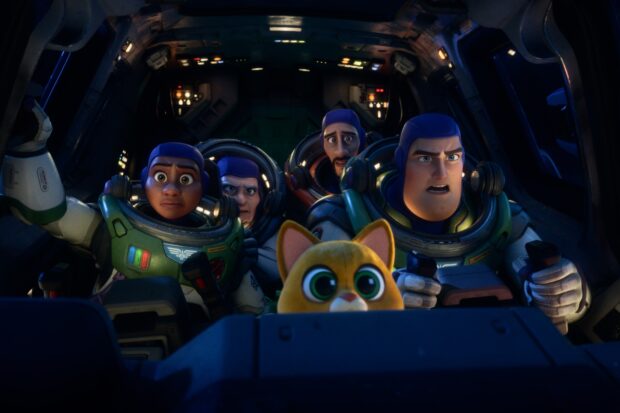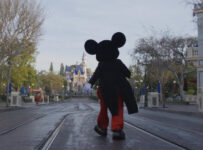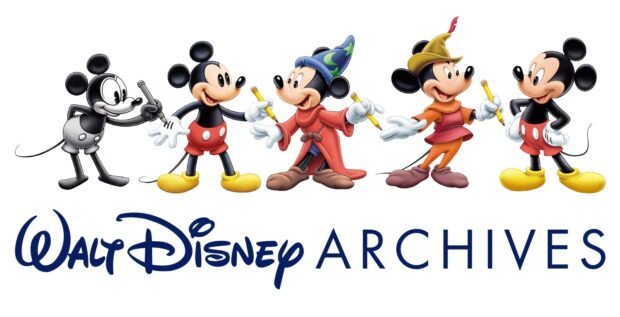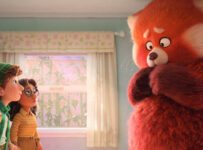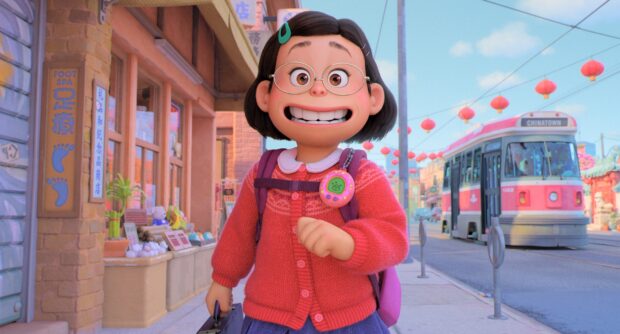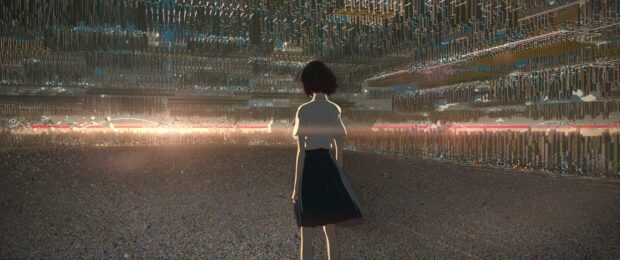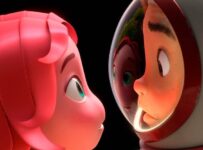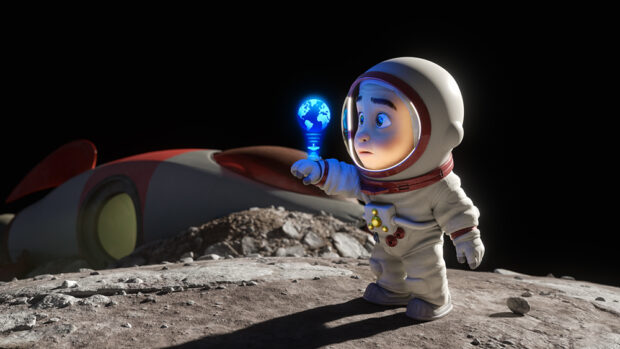Pixar, DreamWorks, Netflix (twice!) and even A24. It’s one of the wildest slates yet in the 95th Academy Awards race for the best animated film of the year.
It’s hard to believe that it’s been over 20 years since Shrek was named the first Best Animated Feature at the Oscars. Since then, the likes of Spirited Away, Wallace & Gromit, Australia’s own Happy Feet, and a slew of Disney and Pixar films have taken the prize.
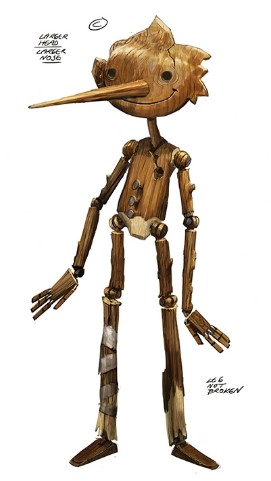
The award remains a little bit controversial, with some arguing that the category makes it less likely an animated feature will be nominated for Best Picture. In fact, only three animated movies have ever been nominated for the top award: Beauty and the Beast (1991), Up (2009) and Toy Story 3 (2010).
Even the category itself has skipped some heavy hitters. The LEGO Movie (2014) was famously snubbed in its eligible year. The Simpsons Movie (2007) was considered by the Annies, the BAFTAs and the Golden Globes, but the Academy has only ever considered The Longest Daycare for the franchise. Can you believe Tangled (2010) never got a nod?
This year, Richard Linklater’s wonderful Apollo 10½: A Space Age Childhood was left off the list as the Academy “does not feel that the techniques meet the definition of animation in the category rules” due to the live action reference used for rotoscoping. (An odd decision given that the method has been used in cartoon features as far back as Snow White and the Seven Dwarfs).
Nevertheless, the 2022 animated films nominated in the category this year are a strong bunch. They continue to show that there is no one audience who watches animated films. They are modern fables about coming of age. They rework classics. They ask the big questions about life and death. They come with environmental messages. They work they way into your heart.
The nominees are:
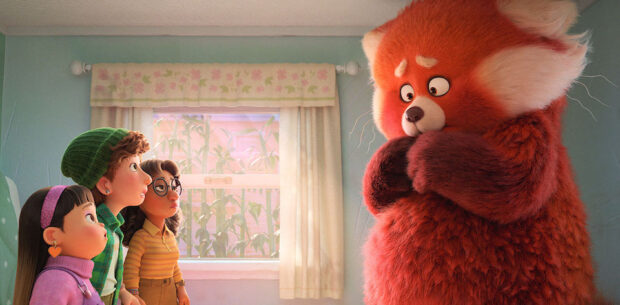
Turning Red
Set in 2002 in the Chinatown district of Toronto, Meilin “Mei” Lee (voiced by Rosalie Chiang) is a 13-year-old Chinese-Canadian girl who, despite her mother’s (Sandra Oh) expectations of academic perfection, wants to march to the beat of her own drum. The she discovers the family curse — transforming into a large red panda whenever she experiences heightened emotions.
You don’t have to go too deep into the well to guess what this film metaphorically represents. It’s right there in the title. Disney even allows the subtext to be made text, with Mei getting a brief explanation of pads and tampons from her mother. It might be a simple thing, especially at this juncture (don’t make me tap the calendar again), but a major animated film having multiple shots of Maxi Pads is a positive step from the studio. Disney sure has come a long way since the 1946 educational short, The Story of Menstruation.
There’s another equally important piece of representation here. It’s not just the thoroughly intimate Asian-Canadian experience, something director Domee Shi seems to effortlessly weave into a traditional Pixar structure. (There’s the emergency arrival of the aunties, for example, that any number of families are sure to relate to).
Shi also uses the hyperkinetic language of comics and cartoons in a series of non-sequiturs, fourth-wall breaking narration, speed-lines and anime-inspired cutaways for wide-eyed emotional reactions. In a word, it’s just fun. Check out my full review.
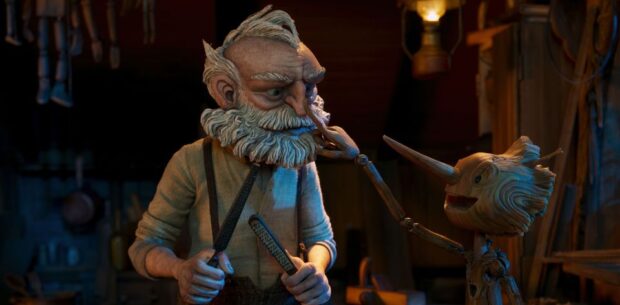
Guillermo del Toro’s Pinocchio
It’s probably no surprise for constant readers of this site that the Disney version of this tale is so ingrained in my head. It’s hard to separate the original story from the 1940 Disney version, which is one of the many criticisms that has been levelled at the Disneyfication of fable.
Which is why I was so surprised to find that Guillermo del Toro’s version doesn’t stray all that far from the traditional version. While placing it in Fascist Italy, a visually and dramatically interesting twist, the basic story beats will be familiar to anybody who has read or seen any version of the tale.
What separates it, of course, is the absolutely gorgeous Gris Grimly character designs, some outstanding hand-crafted animation, and a firm sense of the macabre. Just look at those Death sequences! The ingenious use of Pinocchio’s nose! (Check out the making-of documentary on Netflix as well).
Yet other elements simply didn’t work for me. The voice of the lead grated, the musical numbers felt like they’d wandered in from another film, and a rushed denouement made the previous two hours feel emphemeral.
Perhaps this requires multiple viewings. It was built up as a radically different and darker version, the antithesis to Disney’s live-action retelling of its own retelling. Yet what I found was Pinocchio. What happened, happened. Then it was gone.
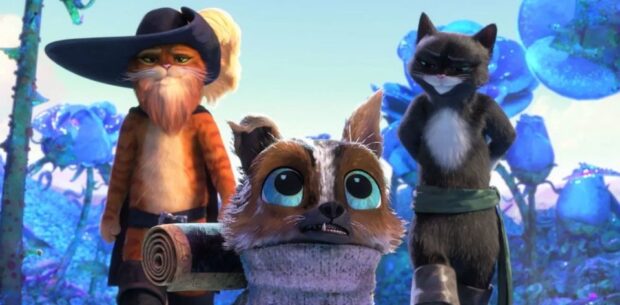
Puss in Boots: The Last Wish
It has been well over a decade since the last solo outing of Shrek spin-off Puss in Boots. Still, it’s so fresh in our minds that it could have been yesterday.
This soft-reboot of the series is something of a revelation. Picking up in medias res, the film finds the titular kitty on the last of his nine lives and at something of a crossroads.
Retaining the gag-based comedy of the first film, it also pushes itself into some genuinely heartfelt places. The style is something special too: in between the familiar character designs, the variable frame rates and speed lines that characterise the action scenes give this a unique look at feel that borrows some styles while creating something new in the process.
As a bonus, the ‘Jimmy Stewart’ cricket was the better of the three crickets we saw in cinema this year. More of these please!
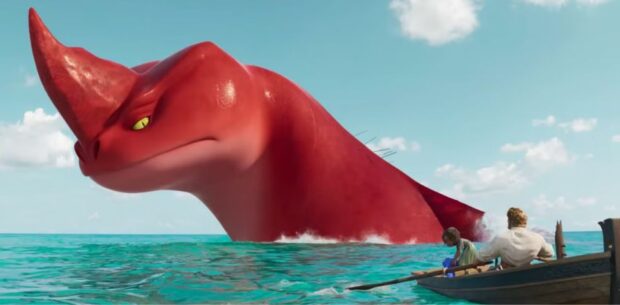
The Sea Beast
Netflix animation has come a long way over the last few years
After reaching a kind of apex with 2021’s groundbreaking The Mitchells vs. the Machines, THE SEA BEAST is a lot more traditional. From veteran animation director Chris Williams, it certainly has thematic and visual nods to some of his past work (Moana) along with other franchises like How to Train Your Dragon.
Still, it would be a disservice to this to compare them too much, as there’s a lot of genuine heart in this tale as well. It’s a tale of breaking through systemic propaganda and prejudice and listening to the youth voice. There’s analogies with everything from the environment to inclusive practice, and while it might be heavy-handed to some ears it’s still a genuine message neatly told.
The animation style itself is not something I tend to gel with. Maybe it’s just that it is too clean? Staggeringly crisp and beautiful on a technical level (I mean, that water is gorgeous), but the world never really felt lived-in. Nevertheless, it looks impressive on high-end TVs and part of me wishes I’d managed to see this in a cinema somewhere.
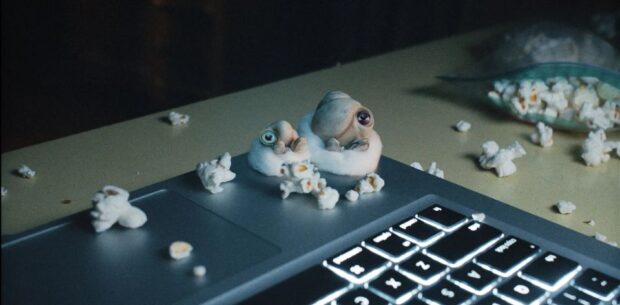
Marcel the Shell with Shoes On
So, this was delightful.
Expanding on the short films from Dean Fleischer Camp, with a script developed with Jenny Slate and Nick Paley, this stop-motion/live-action hybrid is pure wholesome goodness.
Following the adventures of the titular shell, who has been left behind in a house with his grandma Connie, we get a pepperleaf full of kindness and optimism that throws us across the room in one of the funniest yet most heartfelt narratives any of us ever witnessed.
The animation was led Chiodo Bros. Production (best known for Killer Klowns from Outer Space of all things) and Kirsten Lepore (who was also a visual effects artist on Everything Everywhere All At Once). It’s a simple affair, but blends beautifully with the natural environment.
It’s unlikely there is going to be a film this or any other year that hits you in the feels as gently as this. Thank you so much for rolling this marble into our bread room. I still keep it to this day.
ZZZZZzzzzzzzzzzzzzzzzzzzzzzzzzzzzzzzzzzzzzzzzzzzzzzzzzzzzz….Oh, hi Nana Connie!
The 95th Academy Awards are presented on March 12, 2023, in a ceremony held by the Academy of Motion Picture Arts and Sciences at the Dolby Theatre in Los Angeles.
